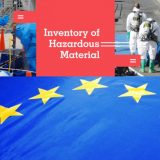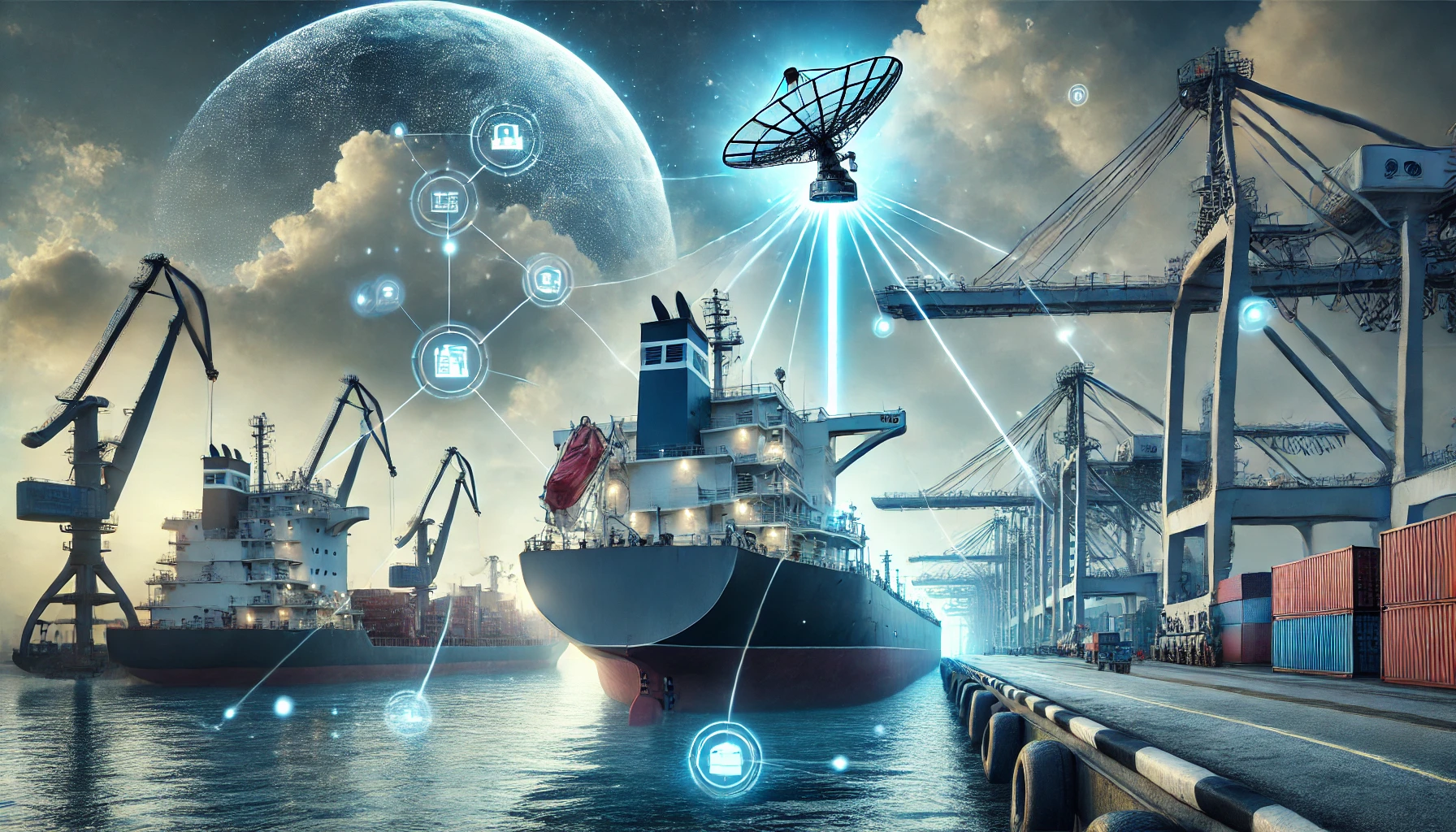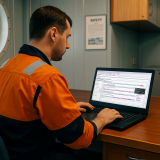A Philippines-based recruitment agency that unlawfully charged seafarers placement fees has had its license suspended after the International Transport Workers’ Federation (ITF) highlighted its illegal practices.
Global Marine and Offshore Resources, based in Manila, was in late July red listed on the ITFShipBeSure.org directory of recruitment (manning) agents. This is a warning to seafarers that they should avoid seeking employment through that agency.
Now the Filipino Department of Migrant Workers (DMW) has suspended Global Marine’s license. The ITF has incontrovertible evidence that four seafarers were illegally charged placement fees, placed with different employers on different ships to those described in their contracts, and some are owed more than two months’ pay.
“It’s great that the Filipino government has taken this action and I hope our evidence convinces them to permanently ban Global Marine,” said Steve Trowsdale, Inspectorate Coordinator at the ITF.
“But truthfully, this should never have happened. The manning agency system – regulated by the Filipino authorities – is supposed to protect seafarers from unscrupulous employers. In the cases of these four seafarers, that system clearly failed. We’re demanding that the DMW takes a tougher line with corrupt agents so that this kind of worker abuse cannot happen again.”
Seafarers’ testimony
The four seafarers have signed affidavits attesting to their mistreatment by Global Marine. They were each offered contracts for employment in Dubai, some on the cargo ship Clivia (IMO: 8668509) built in 2009 and owned by FG Marine Services SDN BHD, others on the support vessel Muru (IMO: 4542874), although the contract had the wrong IMO number.
None of them ended up on the Clivia. When they arrived in the UAE, they found themselves on much older vessels. Three were directed to the Muru, a 40-year-old support ship in a terrible condition. This is owed by The Sinbad Navigation Company DMCC, not FG Marine.
Ricardo Dagami Aya-ay, Ceasar Abes Jurilla and Toni Dawn Domanais de Guzman claimed constructive dismissal because their contracts bore no relation to the employment offered and working conditions aboard the Muru were so poor.
A fourth seafarer, Felix Roondina Impas Jr was in a similar situation, again finding the employment was different to that specified, this time on a small support vessel, AM 230 (MMSI: 457070000). He was repatriated after he became ill. He did not receive sick pay or benefits for his medical treatment.
Global Marine have claimed the condition was pre-existing, but prior to deployment, Impas was cleared of any illness in a medical examination. He believes his condition was caused by poor quality drinking water on board the AM 230. He has filed a complaint with the DMW.
Each of the four testifies that immediately prior to their employment in March and April 2022, they visited Global Marine’s offices in Manila and were asked by Fleet Engineer Gilbert Torrecer for a placement fee of between US$600 and US$1,000 – which they paid. This is prohibited under the Maritime Labor Convention (MLC), which has been ratified by the Philippines and forms part of the country’s laws.
The ITF helped the four get back to the Philippines at the start of July and, after intense pressure from the ITF, Global Marine was persuaded to refund the placement fees.
“Seafarers should be very wary of an agency that charges a placement fee,” said Trowsdale. “Sometimes they break the law like this because they don’t expect to be paid by the shipowner. That should be a red flag – you may not be paid either.”
Although their contracts said different, Global Marine was placing seafarers with the Sinbad Navigation Company DMCC. In the past two years, the ITF has dealt with cases on all six of Sinbad Navigation’s vessels, including problems relating to lack of food and water, substandard accommodation, owed wages and abandonment.
All four are also owed wages they were never paid – something that manning agents are responsible for under Philippines law. Global Marine reached a US$3,000 settlement with Ricardo Dagami Aya-ay in July. This is much less than USD $7,933.28 he was owed. The other three are still claiming more than two-months’ pay, totaling US$11,900.
ITF stands up for seafarers
“I went to the offices of Global Marine in Manila and asked them to pay these people what they are owed,” said Trowsdale. “They claimed it was the shipowner, not the agency, who is responsible for wages.”
In fact, the regulations of the Philippines Overseas Employment Administration (POEA) say that the manning agency is liable for unpaid wages (Rule II/20). “I pointed this out to them but I did not get a satisfactory reply. Nor did I get an explanation as to why these seafarers were illegally charged a placement fee.
“Although Global Marine finally seems to living up to some of its responsibilities after ITF and union pressure, the agent still issued false contracts, charged illegal placement fees and has withheld wages for several months. For these reasons, it will remain on the ITFShipBeSure red list and we believe the Filipino authorities should ban it altogether from operating as manning agency.”
The cases of the four seafarers (and many others who have complaints about recruitment agencies based in the Philippines) have been dealt with by the ITF’s inspector in Manila, Arvin Peralta. He is angry at how many seafarers find themselves at the mercy of dishonest agents.
“Unscrupulous manning agencies make a mockery of POEA contracts, rules and regulations in the arrogant belief that they can avoid sanctions by using intimidation, money and connections.” said Peralta.
“They try to deceive and take advantage of Filipino crew, when these seafarers are just looking for an honest living to provide for themselves and their families,” he concluded.
Source: https://maritimefairtrade.org/philippine-suspends-manning-agency-that-charges-seafarers-illegal-fees/






